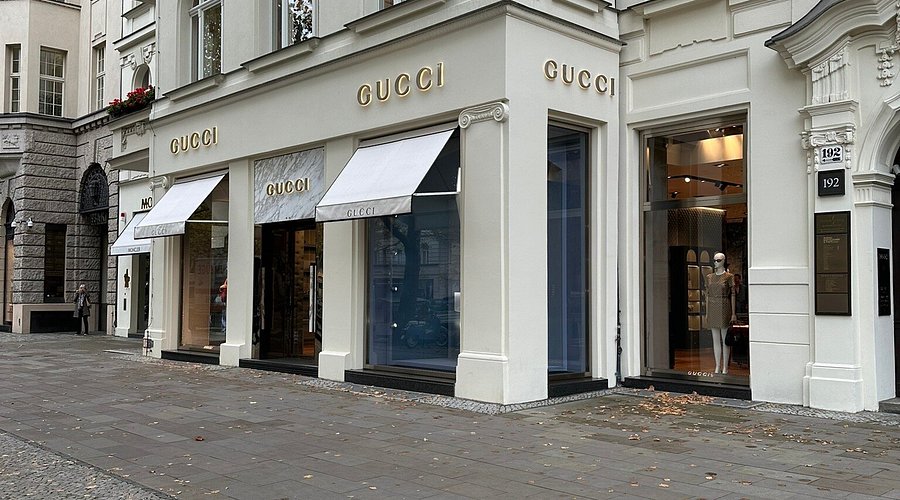Art Investment Funds Challenge Traditional Portfolios in 2025
By
Sophie Moore
Last updated:
September 2, 2025
First Published:
September 2, 2025

Photo: WallStreetZen
In 2025, the art market is stepping firmly into the realm of institutional investing. Art investment funds, once a niche concept, are now challenging traditional wealth portfolios. No longer limited to passionate collectors, these funds allow investors to treat rare artworks as financial instruments with measurable returns. This merging of culture and capital marks a significant shift in how wealth is being managed globally.
Why art is becoming a financial asset
Art has long carried intrinsic value, yet its appreciation has often been tied to personal taste and exclusivity. Today, with structured funds, art is being redefined as a reliable asset class. Market data shows resilience even during economic turbulence, as rare works tend to hold or increase in value. For investors weary of inflation and market volatility, art provides diversification that blends emotional appeal with financial strategy.
Democratizing access to masterpieces
Traditionally, owning blue chip art required immense personal wealth. Investment funds are changing that by allowing groups of investors to collectively hold stakes in valuable collections. This model opens the door for a broader range of high net worth individuals who may not have pursued art independently. Instead of a single billionaire owning a painting, multiple investors now benefit from its appreciation.
The role of technology in art investment
Digital platforms are enabling transparency and liquidity in a market once criticized for its opacity. Investors can now track performance data, view authenticated records, and even trade shares of artworks with greater ease. Blockchain verification is ensuring authenticity while protecting investors from fraud. These innovations bring a level of confidence that positions art alongside more established investment categories.
Redefining wealth through creativity
The rise of art funds signals a cultural evolution in wealth management. Modern investors are not only seeking profit but also resonance with their portfolios. Owning a share in a masterwork carries a sense of prestige that goes beyond financial return. In 2025, art investment is not simply about money, it is about aligning wealth with identity, taste, and cultural legacy.
Subscribe to unlock premium content
Sed at tellus, pharetra lacus, aenean risus non nisl ultricies commodo diam aliquet arcu enim eu leo porttitor habitasse adipiscing porttitor varius ultricies facilisis viverra lacus neque.
A comprehensive guide on Agile development

10 Productivity tools that are worth checking out

Top 7 Must have management tools for productivity

A comprehensive guide on Agile development

10 Productivity tools that are worth checking out

A comprehensive guide on Agile development








.png)
